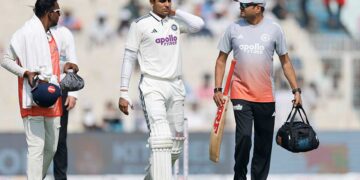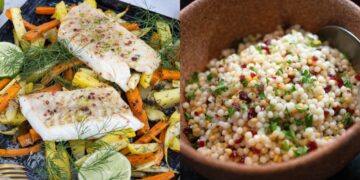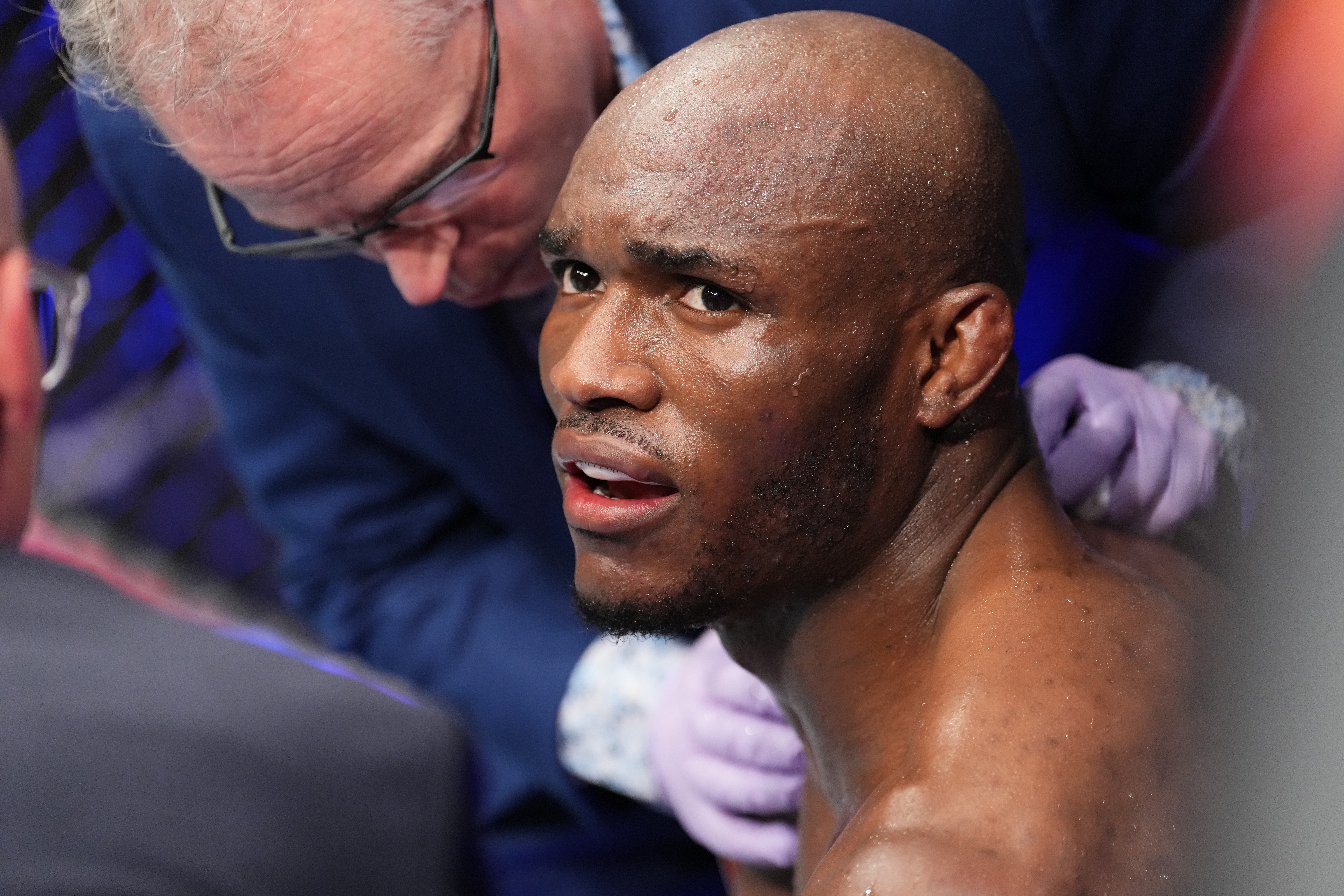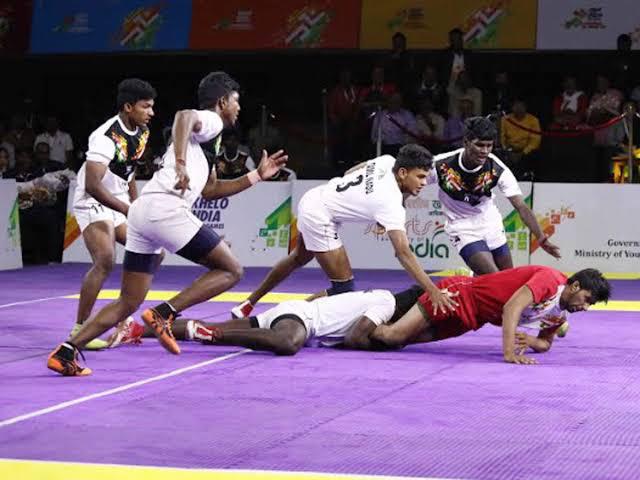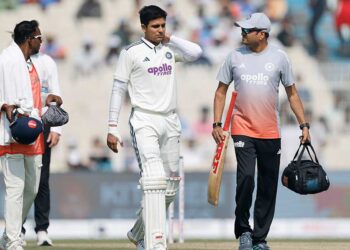
Summary
Diet trends often come and go, but one debate that continues is meal frequency. Some people swear by eating every few hours to “keep metabolism high,” while others prefer two or three bigger meals to stay satisfied longer.
The truth is, there’s no single right answer. What matters most is how your body responds, how consistent your eating pattern is, and how well it fits your goals. Whether you train regularly, work long hours, or just want to maintain steady energy, understanding how meal frequency affects you can help you make better choices.
While both approaches can work, the answer depends on your lifestyle, activity level, and personal preference. This article explores the differences between the two, how they affect your energy and performance, and how to find what works best for your daily routine.
Benefits Of Eating Many Small Meals
Eating five to six smaller meals per day can help regulate energy levels and prevent long gaps between eating. For many people, this approach helps control hunger and reduces overeating.
Why do some prefer small meals:
- Steady Energy: Eating frequently helps maintain blood sugar and prevents afternoon crashes.
- Better Portion Control: Smaller meals can make it easier to track calories throughout the day.
- Digestive Comfort: Frequent lighter meals are easier on the stomach for some individuals.
- Supports Active Lifestyles: Athletes and those who train multiple times a day often benefit from constant nutrient intake.
This method works best for people who have demanding physical routines, like fighters, trainers, or anyone with fast-paced, energy-intensive jobs.
Benefits Of Eating Few Large Meals
On the other hand, some people thrive on eating two or three larger meals daily. This approach is often linked with intermittent fasting or time-restricted eating, which can simplify food planning and improve appetite control.
Why others prefer fewer large meals:
- Longer Satisfaction: Bigger meals tend to keep you full for longer periods.
- Simpler Structure: Fewer meals mean less planning and fewer decisions throughout the day.
- Improved Digestion: Longer breaks between meals give your digestive system time to reset.
- Calorie Control: People who struggle with snacking often find that larger meals reduce unnecessary eating.
This pattern suits those who prefer eating until comfortably full rather than grazing, and those who train once a day or have consistent schedules.
Which Is Better for You?
Both meal strategies can support a healthy lifestyle; it depends on your body type, habits, and goals.
If you train often, multiple small meals might help you maintain energy and recovery. If your goal is to manage appetite or maintain a simpler schedule, fewer large meals may be more practical.
The key is consistency. Your metabolism adjusts to regular patterns, so choose an approach that you can maintain. Monitor your energy levels, focus, and how you feel throughout the day. Over time, your body will tell you what works best.
Common Myths About Meal Frequency
Myth 1: Eating Small Meals Boosts Metabolism.
Research shows that total calorie intake and nutrient quality matter more than how often you eat.
Myth 2: Fewer Meals Slow Down Fat Burning.
Your metabolism doesn’t shut down between meals. What matters most is your overall energy balance and activity level.
Myth 3: You Must Eat Every Three Hours.
This rule doesn’t apply to everyone. It’s fine to eat less often if your energy and focus stay consistent.
Tips To Find Your Ideal Meal Pattern
- Match It To Your Routine: Align your meals with your work, training, and sleep schedule.
- Track Your Energy: Notice how you feel after eating. Fatigue, focus, and hunger are good indicators.
- Keep Meal Quality Consistent: Regardless of frequency, choose whole foods with a good balance of carbs, protein, and fats.
- Stay Hydrated: Sometimes what feels like hunger is mild dehydration.
- Be Flexible: Adjust based on changes in training intensity or workload.
FAQs On Choosing Meal Portion And Frequencies
Q: Is It Healthier To Eat Several Small Meals Or A Few Big Ones?
A: Both can be healthy. What matters is total calorie intake, nutrient quality, and consistency.
Q: Do Smaller Meals Help With Weight Loss?
A: Not necessarily. Eating smaller meals can prevent overeating for some people, but weight loss still depends on maintaining a calorie deficit.
Q: Are Larger Meals Bad For Digestion?
A: Not for everyone. Many people digest well with fewer, balanced meals. It depends on portion size and food choices.
Q: Which Is Better For Athletes Or Martial Artists?
A: Athletes often prefer smaller, more frequent meals to sustain energy, especially when training multiple times per day.
Q: Can I Mix Both Styles?
A: Yes. Many people eat smaller meals on training days and fewer large meals on rest days. Flexibility is key.
Final Thoughts
Whether you choose several small meals or a few large ones, the best eating pattern is the one you can maintain long-term. It should support your energy, mood, and daily rhythm.
In the end, it’s less about meal count and more about overall balance. Choose an approach that fits your lifestyle, stay consistent, and focus on enjoying the process of fueling your body well.
You may also like:
15 Strength And Conditioning Training Exercises You Can Add To Your Workout
Summary There’s something powerful about waking up before the world does. The streets are quieter, the air feels lighter, and your mind hasn’t yet been flooded by daily distractions. Training in the morning taps into…
Summary Eating healthy doesn’t have to mean giving up your favorite foods or surviving on bland salads. With the right balance of nutrients and flavor, you can enjoy satisfying lunches that help you stay full,…
Summary Strength and conditioning exercises are used to strengthen your muscles and joints, improving your mobility. We all move around the place as we complete our day-to-day obligations, so we all can benefit from making…
Summary Over the last few years, a remarkable shift has been happening in the world of television and fitness. Reality competition shows built around extreme physical challenges are no longer niche, they’re becoming mass-market phenomena….
Summary Deadlifts are often considered one of the most complete strength movements in fitness, but for martial artists, they’re more than just a gym staple. This article breaks down what deadlifting actually is, how it…
Modern work often means long hours at a desk, especially in busy cities where office life is the norm for many professionals. While sitting may feel harmless, remaining in one position for extended periods can…
Summary The uppercut is one of boxing’s most powerful and underrated punches. It travels vertically from underneath your opponent’s guard, targeting the chin or body. While it looks flashy, it’s also one of the most…
Summary In Muay Thai, elbows are called sok, and they are both versatile and devastating. They can be thrown from multiple angles, upward, downward, horizontal, and even spinning, making them a key tool in clinch…
Summary The Seoi Nage, also known as the shoulder throw, is one of Judo’s most iconic and widely practiced techniques. The name literally translates to “shoulder throw” (Seoi meaning “to carry on the back,” and…
Summary Headline cards come and go, but when a promotion calls an event “the biggest of the year,” you pay attention. ONE 173: Superbon vs. Noiri lives up to that promise, a stacked lineup packed…
Summary Training bags have been a cornerstone of striking for decades. They allow athletes to practice timing, precision, and combinations without needing a live partner. In both Boxing and Muay Thai, bags are used not…
The teep, also known as the push kick, is one of the most versatile weapons in Muay Thai. It’s often called the “jab of the legs” because of how effectively it controls distance, disrupts rhythm,…


